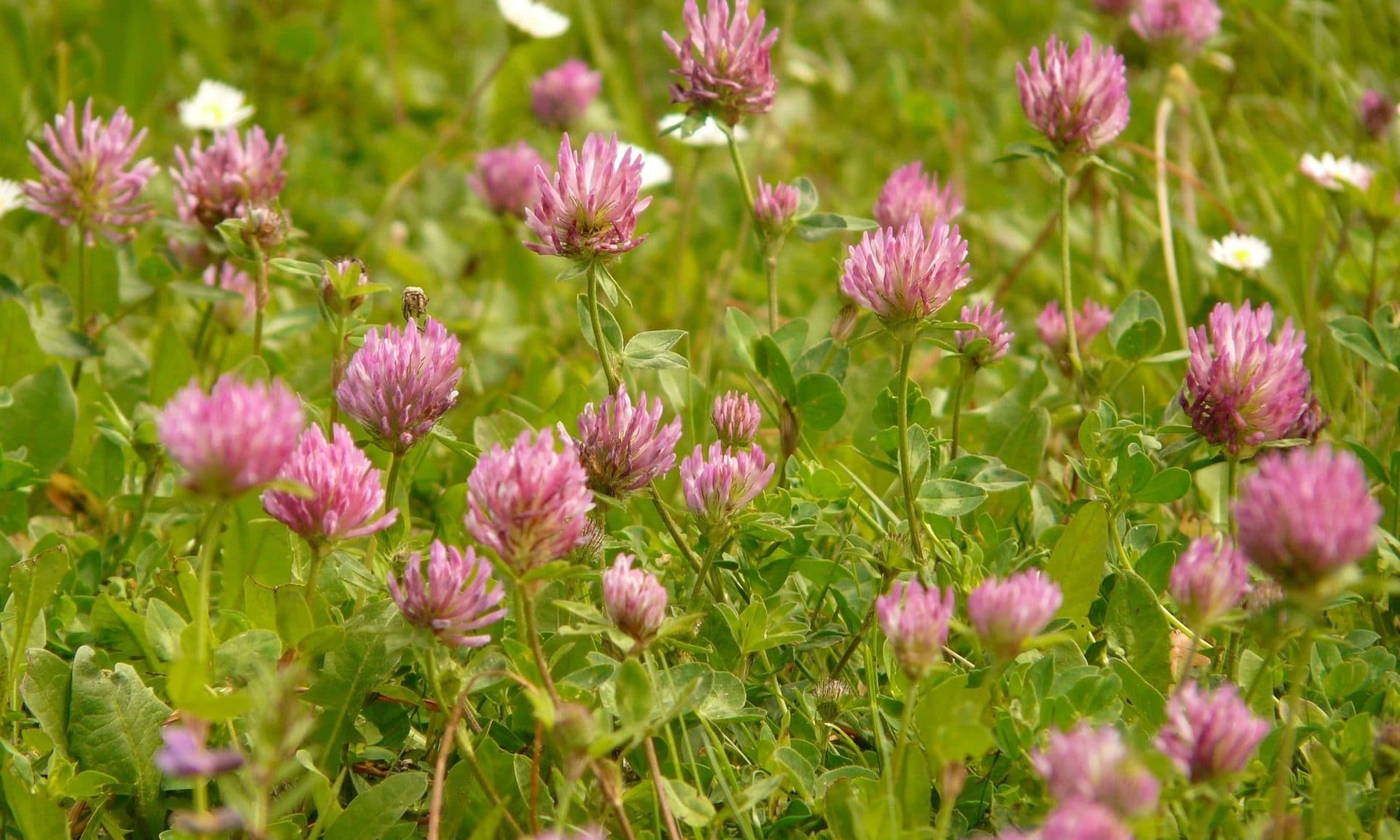 Isoflavones are secondary vegetable substances, which can act as estrogens in the body and have protective functions. The estrogen effects of isoflavones are much less powerful than the estrogen hormones (it’s effectiveness represents around 1/1000 of the estrogen hormones). This is why isoflavones and phyto-estrogens exercise a balancing effect when the level of estrogens is low, such as during the menopause, and cause less menopausal symptoms. Isoflavones can also reduce the effect of the estrogen on cells and skin layers when the hormone levels are high, and then essentially reduce the risk of estrogen linked cancers.
Isoflavones are secondary vegetable substances, which can act as estrogens in the body and have protective functions. The estrogen effects of isoflavones are much less powerful than the estrogen hormones (it’s effectiveness represents around 1/1000 of the estrogen hormones). This is why isoflavones and phyto-estrogens exercise a balancing effect when the level of estrogens is low, such as during the menopause, and cause less menopausal symptoms. Isoflavones can also reduce the effect of the estrogen on cells and skin layers when the hormone levels are high, and then essentially reduce the risk of estrogen linked cancers.
As nutrition related observations have shown, diseases and troubles mentioned above are uncommon in countries where a lot of soybeans are consumed, because soybeans bring to the organism isoflavones.
Scientific literature contains data about the synergy effects. Within the isoflavones we find daidzein and genistein.
Digestion of isoflavones
Isoflavones are transformed by bacteria in the intestinal flora during digestion. It is only once this transformation has been completed that the isoflavones exercise their beneficial effects in the body. Lower absorption in the intestine has been observed following a lengthy intake of antibiotics or in the case of diarrhea. This can result in a reduction of the protective functions of these substances for the body.
In order to obtain a regular absorption of isoflavones, the intake isoflavones rich foods or isoflavones supplements must be spread during the day.
